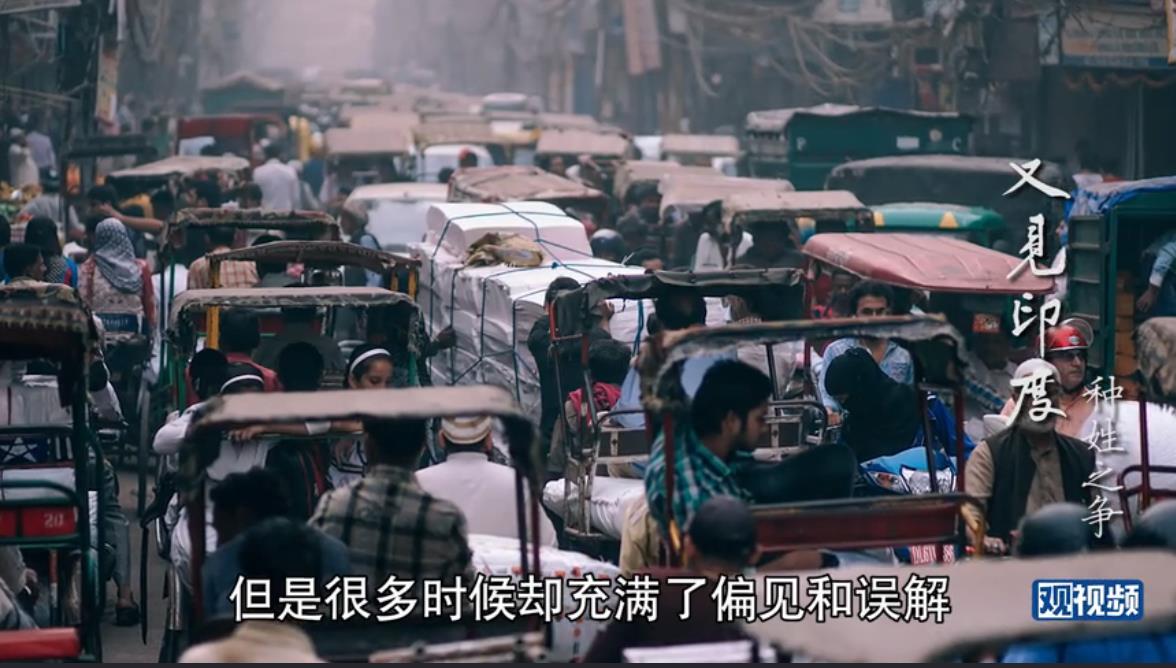Mao Keji: The most difficult thing for Chinese to understand about India is the caste system.
[Text/Mao Keji]
I used to have an Indian roommate who bombarded me with Indian music and Indian food every day. I just listened to Indian songs and walked around with the smell of Indian curry. It was amazing. I became very interested in India. Later, I found that from a rational point of view, I should also be interested in India.
India, as a world power and an important civilized country, is highly interested in it, but it is often full of prejudice and misunderstanding.

After I have done some research, I found that there are many misunderstandings and there are many things that we need to continue to explore.
First, the origin of caste
Many Chinese think that the biggest problem in India is caste, so they are stuck here and can’t get through this hurdle any more. Many of my friends asked me, you said that India has a caste problem, can it still develop? Can it still become a modern country?
In the history textbooks of junior and senior high schools in China, caste is regarded as an example of class society, which is such evidence that the superstructure hinders the economic foundation. But in fact, caste is very interesting, far more than what the textbook says. I believe that with the development of India’s economy and the continuous evolution of society in the future, the caste system will also undergo a very great evolution.
As we usually know, there are four castes in India: Brahman, Khrushchev, Vedas and sudra. And untouchables outside the four major castes. But in fact, in the real life of India, the division of the four castes is not so practical. In the daily life of India, it is the sub-caste that really plays a key role. Caste is called Varna in Hindi, while sub-caste is Jati, and it is the sub-caste that really plays a key role.
When we talk about the four castes, it is actually not a structure with decreasing classes, but it is composed of many dichotomies, to be exact.
The first is the dichotomy between Dalits and the four castes. According to Hindu classics, the four castes are four parts of primitive people. "yuan ren" is not the "Yuan Man" in Science and Technology Yuan Man, but a primitive man, a primitive man. According to Hindu classics, primitive people are the constitution of the universe, which is the first dichotomy. Dalits and the other four are the first layer.
What is the second floor? Regenerative caste and non-regenerative caste. Feet, because it is in contact with filthy things, it is too unclean, so it cannot be regenerated. But the thighs, hands and mouth are relatively pure, and they can all be regenerated, so they are called regenerative castes. This is the second dichotomy, regeneration and non-regeneration, sudra and the other three.
What is it further down? That’s the Vedas, which were separated, and then the Brahmins and the Khrushchev were separated on the other side. Brahman and Khrushchev are more pure than Vedas, so they constitute a special caste that rules other castes. This is the third dichotomy.
The last dichotomy separates Khrushchev from Brahman again. Brahman, because it is the mouth, it is the most sacred. It has the functions of thinking, being a priest and accepting offerings. However, because it has to shoulder the responsibility of protecting Brahmins, Khrushchev will kill, and it will definitely engage in violent activities. Therefore, it does not have this spiritual quality, and its spirit is not as good as that of Brahmins, so it is divided again.

So in the end, you will find that it is a pattern of difference order formed by continuous dichotomy. Of course, this is all theoretical.
In real life, we will find that the four divisions of caste, or the five divisions, are actually of no great value, because caste covers too many people. A caste can be divided into many small castes and sub-castes according to its cleanliness, and sub-castes can be divided into more clans according to their different places.
So in this sense, caste, you say, is very important, yes, it is indeed important, and it is very important in theory. But in real life, people of the same caste come from different places, and the caste from one place may be different clans, so they don’t have such a strong sense of identity with each other.
Therefore, in India’s political life, we will find that the sub-caste or clan is the most important identity for his political mobilization and social mobilization. So if you want to meet an Indian, you ask him, what caste are you? He may be able to tell you reluctantly, "I seem to be from Khrushchev", but in fact he may not know it himself. Because there are too many divisions between sub-castes and clans, their concept of caste is not so exact.
Many people say that it is impossible to intermarry between castes. The same reason may come from the highest Brahmins and Dalits. Because they are too far apart from each other and their occupations are too divided, there is little possibility of intermarriage. However, due to the vague division of clan and sub-caste, the middle castes, namely, Khrushchev, Veshe and sudra, are more likely to intermarry.